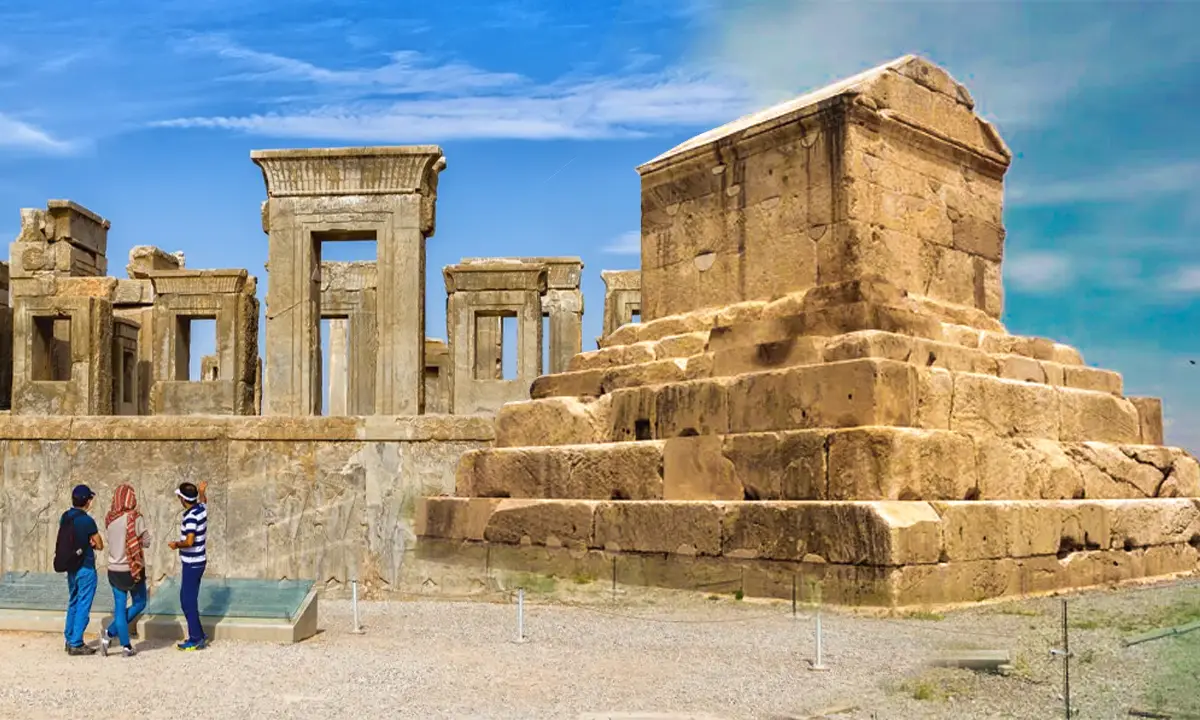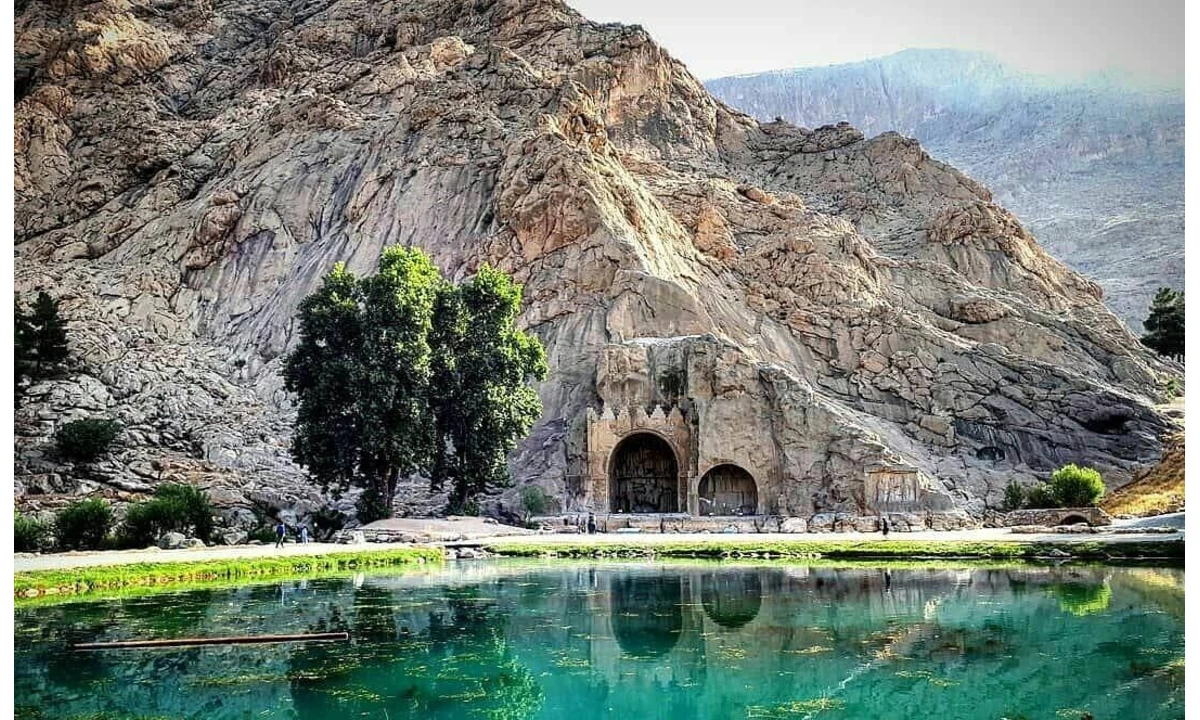What is the History of 13 Bedar?
![]() Author : asal | Date : Monday 28 July 2025 12:43
Author : asal | Date : Monday 28 July 2025 12:43
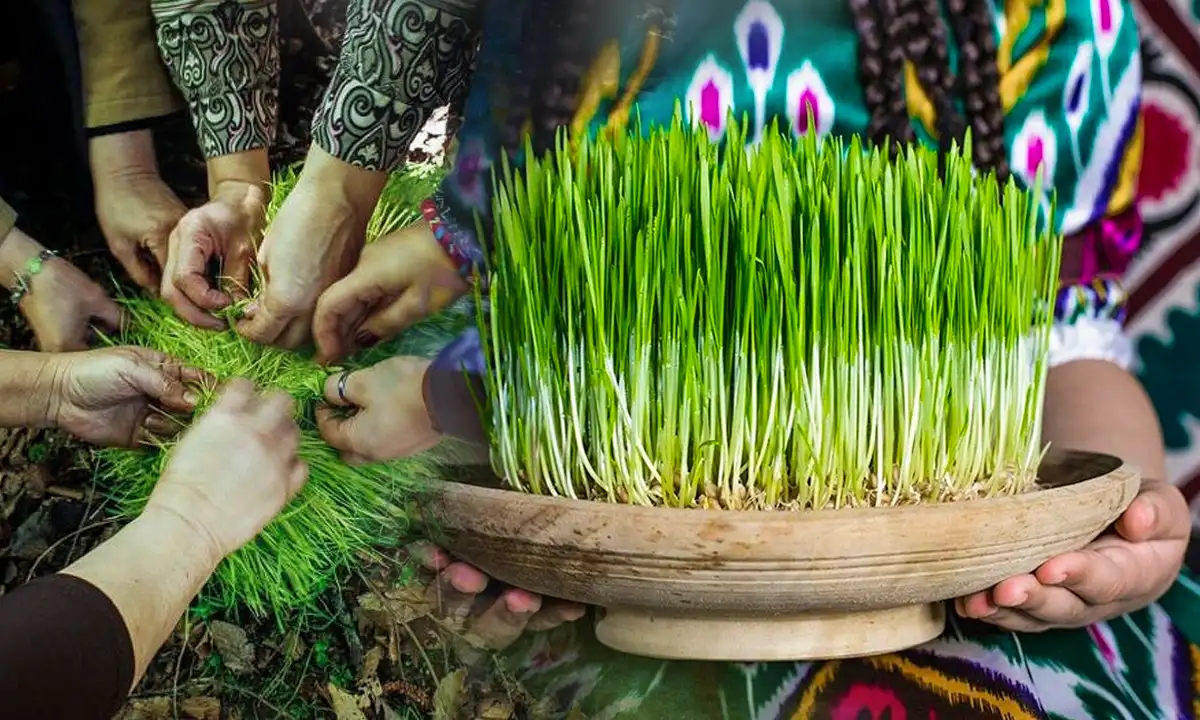
After 12 days of Nowruz, the next day is Sizdah Be-dar, and all Iranian people hang out with their farm families on this day. In mid-April, it is time for the last celebration of the beginning of spring. The Sizdah Be-dar festivity is a time that is known today as "Nature Day" and is a derivative of the ancient traditions of Iran. 13 Bedar is always reminiscent of crowded family gatherings.
What is Sizdah Bedar in Iran?
Sizdah in Persian language means the number 13 and according to the rumors is a bad luck number. There is a common tradition in Iranian culture that on the 13th day of the first month on the Iranian calendar people camp out in nature. The reason why Iranian people get out of their houses on this day is to be aware of the ominousness of day thirteen. Talking about the "Sizdah Be-dar" festivity, like other national and ancient Iranian festivals, necessitates extensive research and a lengthy Chinese introduction, especially for a festival with such a diverse range of events and a long history that this area and time have undergone profound changes. This day is marked by special rituals and ceremonies. In this regard, an effort has been made to compile the wisest and most well-documented speeches, writings, and attitudes from the Sizdah Bedar celebration.
✔️Read More : Iranian Festivals and Ceremonies
What day is Sizdah Bedar?
Sizdah Bedar festivity is on the 13th day of Farvardin, the first month of the Iranian calendar and is one of the Nowruz celebrations. In the official calendars of Iran, Farvardin 13th is named "Nature Day" and is an official holiday. After thirteen days of the Iranian new year, Nowruz celebrations end. Sizdeh Bedar has a long history in the culture of Iran and is considered one of the most ancient Iranian festivals.
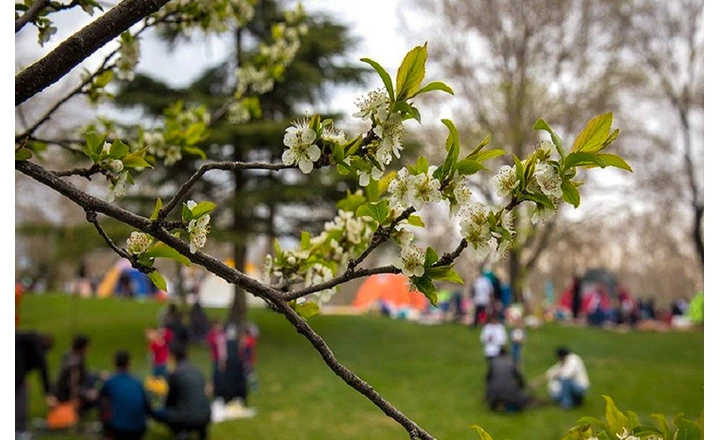
What is the symbol of Sizdah Bedar?
Sizdah Be-dar is also known as "Nature Day," and in the past, elders reminded themselves and others of the value of nature by planting greens in the plains and green spaces on Sizdeh Bedar. The Sizdeh Bedar was a symbol of nature's protection, and the ancient Iranians worshiped nature as a symbol of blessing and prosperity. On this day, all the people go out of their houses and enjoy the last day of Nowruz.
Is Thirteen really a bad luck number?
The thirteenth day of each month in the table of thirty days of ancient Iran is related to the angel Tir or Tishter, who is the star of rain, and it is a very blessed day. According to the beliefs of the people of ancient Iran, the Sizdeh Bedar festivity was not at all unlucky. But some other people think that this day is not good at all. The number thirteen in Western culture is equal to bad luck, and having thirteen guests for dinner, the thirteenth floor in buildings, shopping, or marriage on the thirteenth day is considered abominable. On the other hand, in the old history of Iran, on the night of the 12th of Farvardin, the king was given a drink, and Haman signed the death sentence with all the drugs and his entourage. The sentence was carried out on the morning of April 4, and 77,000 Iranians were massacred because 13 were unfortunate. In ancient legends, the misfortune of the thirteenth day is mentioned, and the people of ancient Iran believed that by spending the thirteenth day of spring in nature, we will unravel it; but the root of the word "door" in Sizdah Bedar comes from the plain and the valley, and this word means to spend the thirteenth day in the plain.
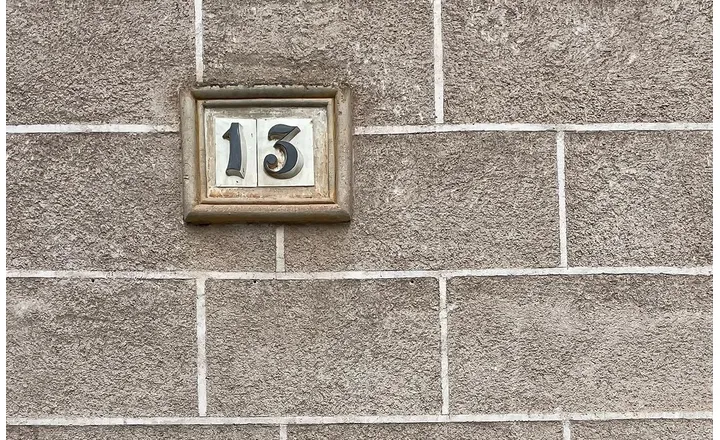
Iranian Customs on Sizdah Be-dar
There is a range of local Iranian traditions which are held on Sizdeh Bedar day. Most of these traditions have ancient roots and are very pleasant for any Iranian.
Putting “Sabzeh” in Running Water
In the past, it was customary for twelve columns of twelve types of grain to grow for twelve months of the year. At the end of the thirteenth day of Nowruz, they would put the greens by the streams or throw them into the running water. Some believe that giving herbs to water washes away old memories of the previous year or that by doing so, spring herbs are transported across the earth by the river, and freshness is returned to the earth.
-in-running-water.webp)
Hanging Out in the Nature on Sizdah Bedar
On the 13th of Farvardin, all Iranians give up their daily work and, after picking up food, fruit, and snacks that they had prepared for their day trip the night before, they go to the plains, deserts, and gardens and spend the day this way.
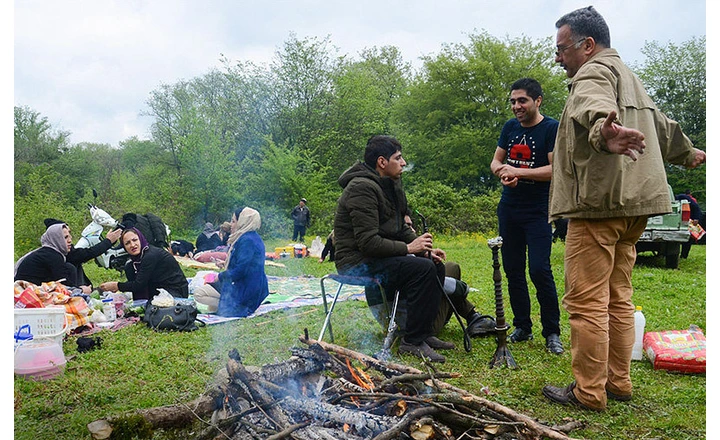
Tying Brunette
Another custom of the Sizdah Be-dar is to tie a green knot to fulfill wishes. Iranian people believe that when you tie a brunette and dream about something, your dream will become true.
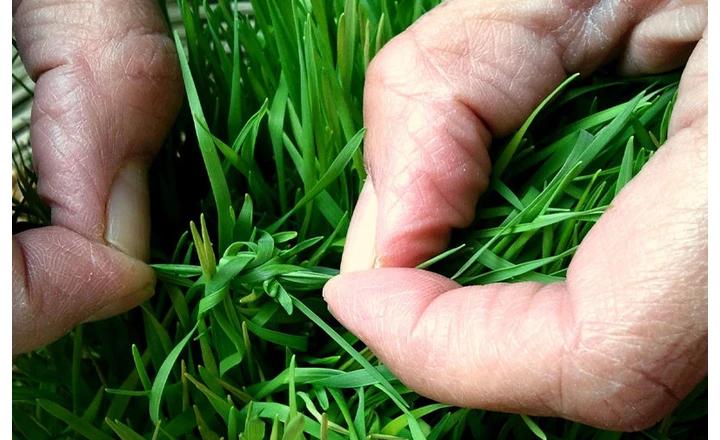
Throwing Pebbles Behind
According to some, the misfortune of the thirteenth day of the New Year will be removed if everyone throws thirteen pebbles behind his back and asks his Lord to remove the plague from him and his loved ones in the New Year. This custom is mostly practiced in the Kurdish regions of the country. The people of Qazvin also throw stones into springs and streams.

Cooking Soup
Another custom of the Sizdeh Bedar is to cook a kind of soup that is prepared in some places on the night before to stay safe from the events of the Thirteen Days and is distributed among thirteen neighbors. In general, the custom of cooking noodle soup called “Ash” and eating it in the heart of nature is common among most Iranians. Other foods that are especially popular among the people of Kurdistan include hazelnut jam.

Eating nuts left over from Nowruz
Eating all the nuts that are left from Nowruz is one of the routines for Sizdeh Bedar. On this day, all family members and friends spend more time and eat edibles together.

Happiness and Laughter
One of the rituals that have been strictly adhered to in the past has been joy and laughter and the telling of jokes, humorous speeches, and anecdotes. They believed that laughter would eliminate all evil in the new year.
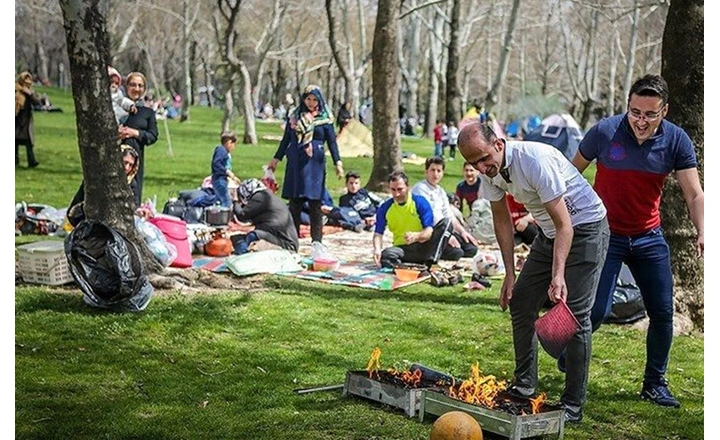
✔️Read More : The UNESCO World Heritage Sites of Iran | The Majestic Land of Persia
Last Words
Iran is a vast land with various customs, and outside its borders, some nations celebrate the ancient religion of Nowruz. So, we should know about all the cultures that we have had from then until now and respect them as our ancestors. Sizdah Be-dar is also one of the Iranian most popular traditions which is celebrated annually all around Iran.
.webp)

